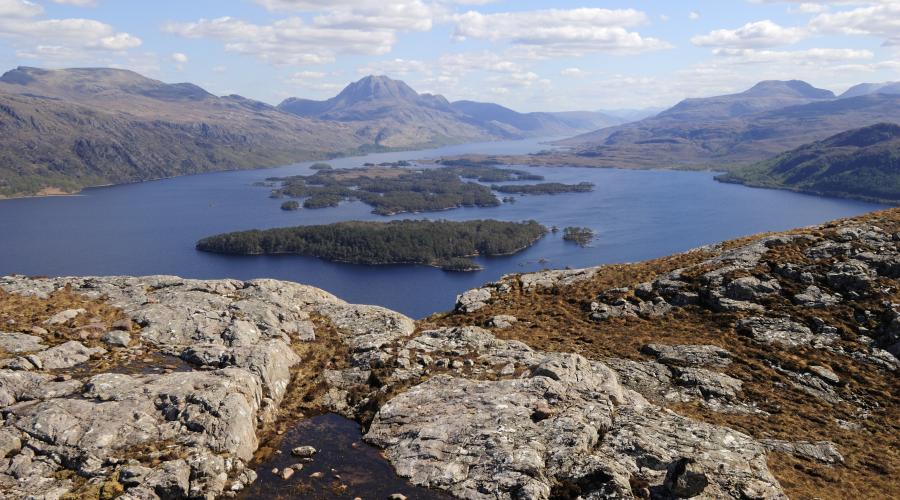
Species on the Edge - Our Species Projects
We are working on nine species recovery projects in seven coast and island landscape areas.
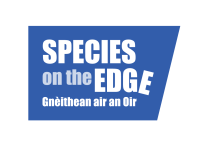
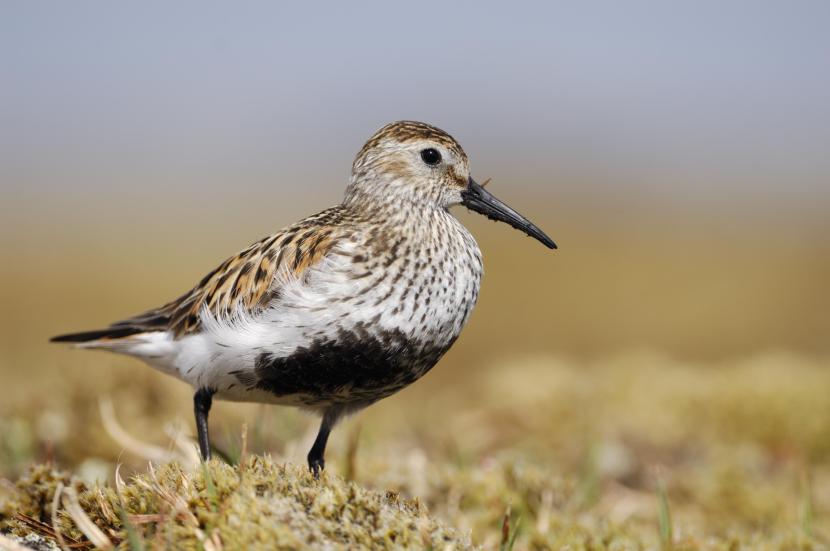
Species Projects
The nine projects, and species they cover, are:
- Coastal Treasures of the Eastern Solway: amphibian and reptiles, primarily natterjack toad.
- Bees on the Edge: great yellow bumble bee, moss carder bee and the northern colletes mining bee.
- Invertebrates on the Edge: tadpole shrimp, medicinal leech, bordered brown lacewing, short-necked oil beetle and plantain leaf beetle.
- Jewels of the north: Scottish primrose, purple oxytropis, Irish lady’s tresses, endemic hawkweed species, and oysterplant.
- Rockin’ the Blues: small blue butterfly and northern brown argus.
- Protecting Scotland’s Island Wonders: common pipistrelle, soprano pipistrelle, brown long-eared bat and Daubenton’s bat.
- Farming Horizons: Greenland white-fronted goose, red-billed chough, lapwing, curlew, dunlin, red-necked phalarope, twite and corncrake.
- Terning the Tide: Arctic tern, common tern and little tern.
- A Brighter Future for Herb-rich Pastures: marsh fritillary, New Forest burnet moth, slender Scotch burnet moth, transparent burnet moth and Talisker burnet moth.
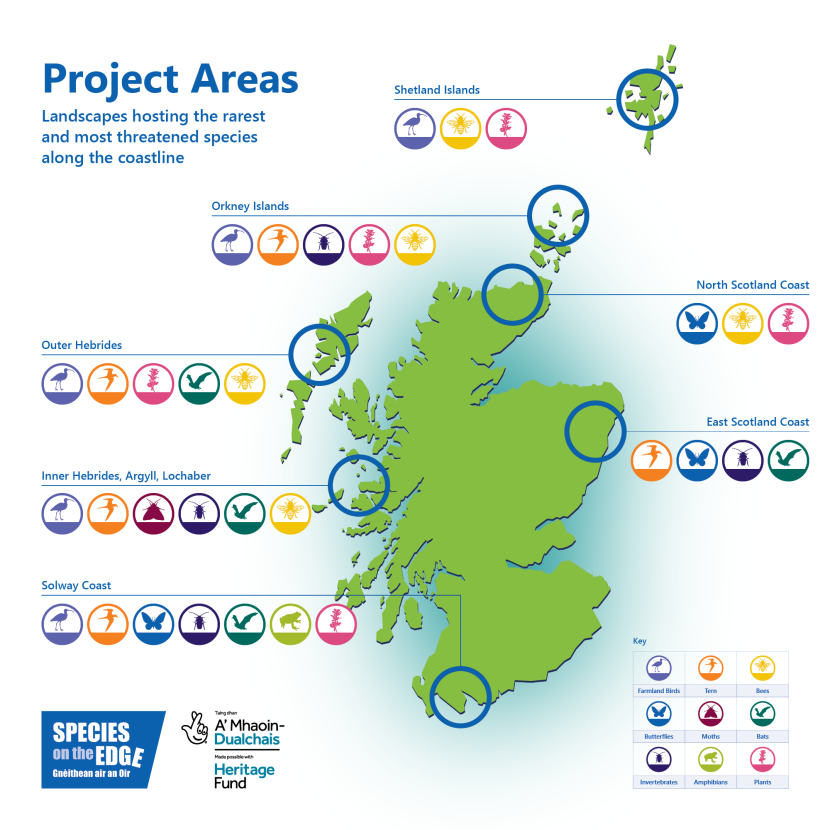
Activities
Some of our species have highly specialist requirements but, where possible, the programme aims to achieve multi-species benefits. For example, managing grazing pressure at some sites will benefit breeding waders, as well as plants such as Irish ladies tresses, by reducing the effects of trampling and erosion. Encouraging the re-establishment of sensitive, less-intense farming practices along coastal sites can benefit both our endemic Scottish primrose and our native pollinator populations; whilst managing scrub encroachment and the encroachment of non-native invasive species can benefit native plants, it also gives the opportunity for invertebrates, butterflies and moths to flourish.
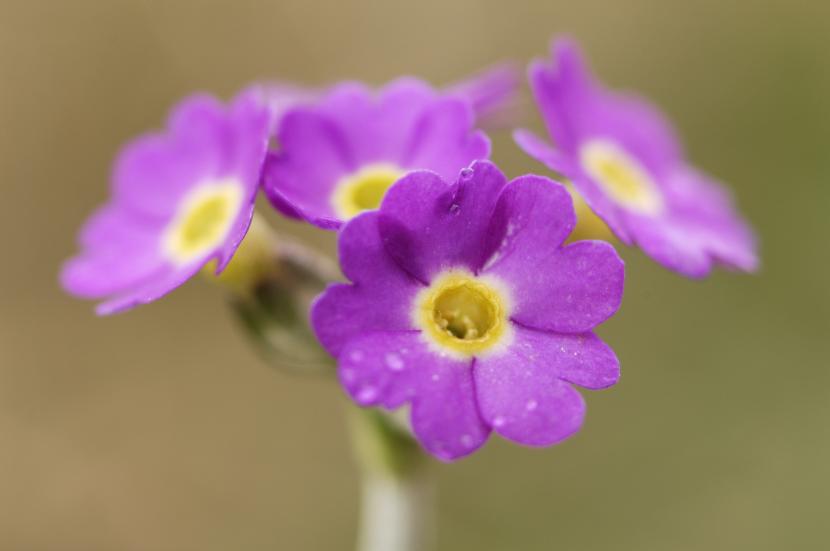
Populations that have reduced to unviable levels may need greater assistance. For example, historic records show that medicinal leech, tadpole shrimps and purple oxytropis used to be much more extensive, so following guidance in the Scottish Code for Translocations, we are exploring reintroductions to re-establish lost populations of these species.
Our third conservation workstream is raising awareness and building a legacy programme to sustain the work beyond the programme into the future. Working with and through communities, the partnership is using its collective contacts, skills, and knowledge to support new networks and provide the training and skills needed to help establish a future for both nature and people.
Contact us
Please send all enquiries to: [email protected]
To keep up to date with the latest news and opportunities coming from the programme, follow Species on the Edge on Facebook and Twitter and sign up to our mailing list.
View our Privacy Policy.





